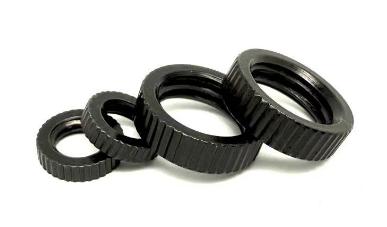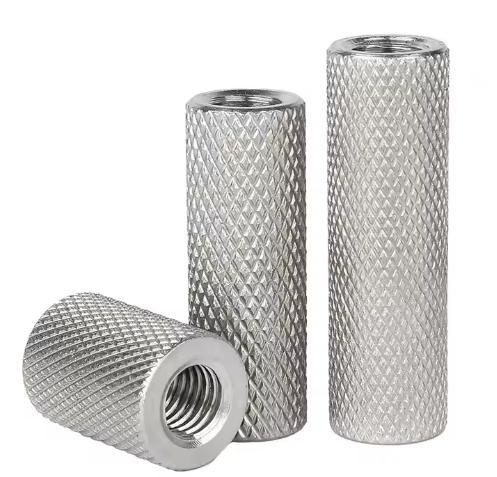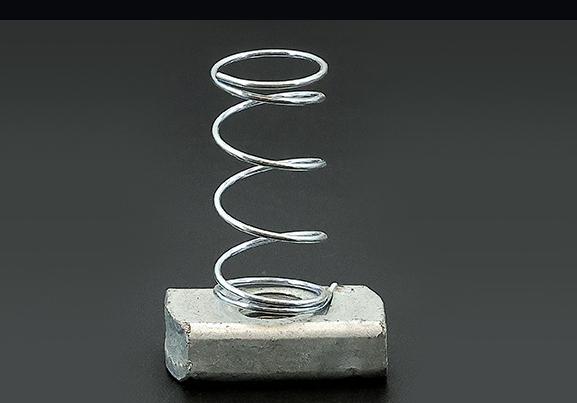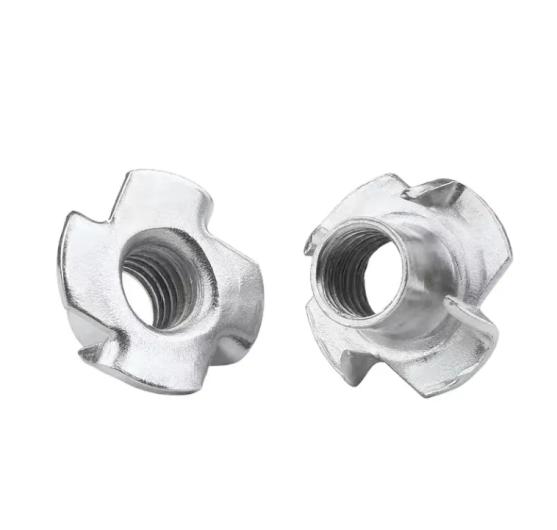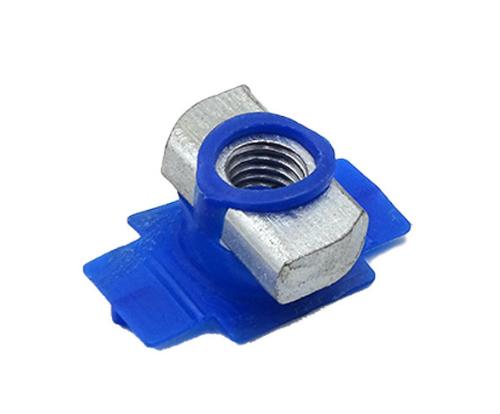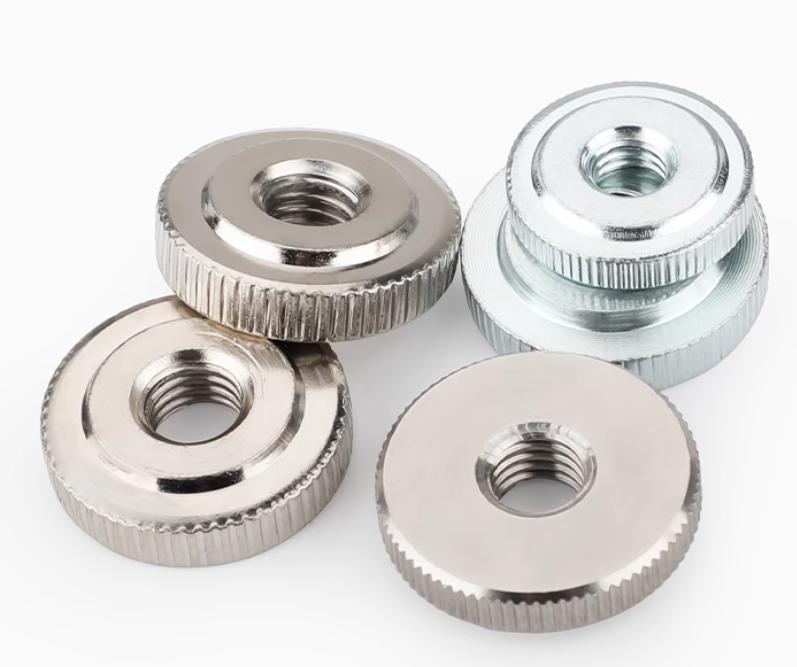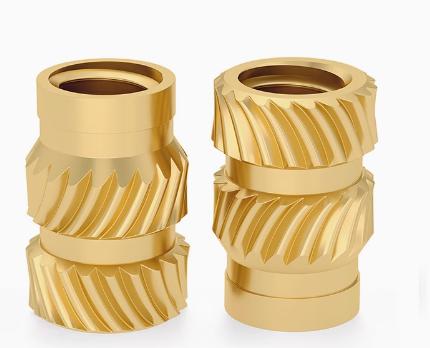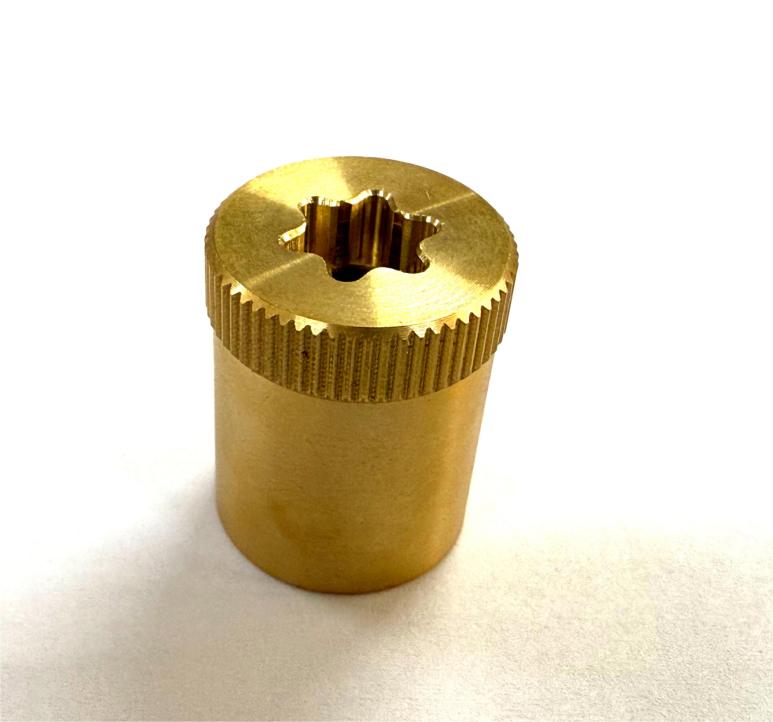13 Different Types of Mechanical Nuts: Characteristics and Uses
Mechanical nuts, also known as nuts, are components used in conjunction with bolts or screws to fasten and secure various mechanical structures. They come in a variety of styles and materials, serving essential functions in the production of machinery. Let’s delve into the various styles of mechanical nuts, their characteristics, and their applications.
1. Cap Nuts
Cap nuts, also referred to as crown hex nuts, blind nuts, or acorn nuts (in the UK), feature a domed end on one side. When used in conjunction with externally threaded fasteners, the cap surrounds the threads to protect them or prevent contact with nearby objects. Additionally, the dome provides a more aesthetic appearance. Cap nuts are typically made from materials such as brass, steel, low carbon stainless steel, or nylon. They can also be chrome-plated and given a polished finish. There are two main types of cap nuts: standard cap nuts and high cap nuts. High cap nuts are wider and taller, offering protection for longer studs. Self-locking cap nuts have distorted threads in the hex region to form tight friction fit, preventing loosening due to vibration.
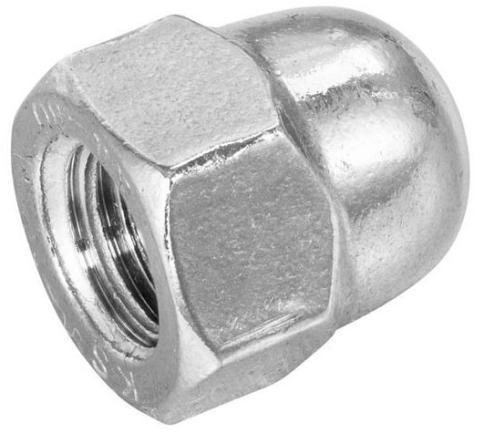
2. Barrel Nuts
Barrel nuts, also known as cross dowel nuts or connector nuts, are specialized nuts made from steel and are commonly used in aerospace applications. They are also found in furniture assembly. These nuts are designed to work with thin bolt shanks and metal components, often using steel blanks or forged parts. Barrel nuts are favored over standard nuts and bolts as they eliminate the need to machine or forge flange plates on the receiving component, reducing their overall weight.
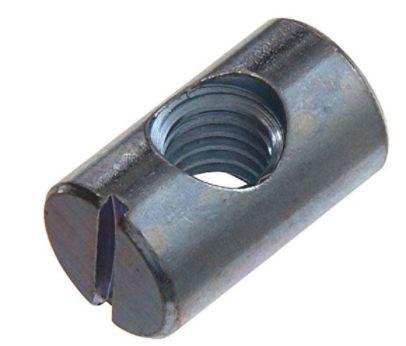
3. Furniture Cross Dowel Barrel Nuts
Furniture cross dowel barrel nuts are cylindrical in shape and are specially designed for use in furniture assembly, connecting two pieces of wood together. The threaded hole inside the nut is the most common, allowing it to pass through both sides of the wood. During installation, the two pieces of wood are aligned, and the bolt hole is threaded through one piece and drilled into the other. Barrel-shaped nuts are also common in flat-pack furniture, where long bolts and barrel nuts secure T-joints.
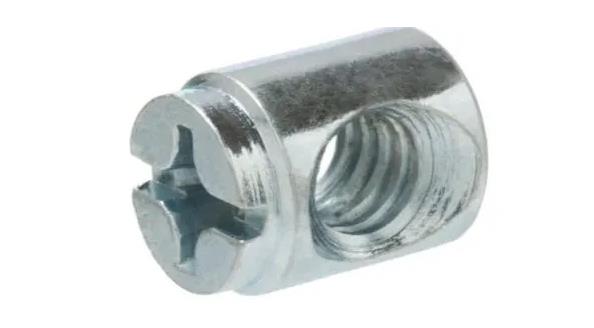
4. Cage Nuts
Cage nuts, also commonly known as captive or clip nuts, consist of square nuts encased in a spring steel cage. They are responsible for keeping the nut secured in a specific position behind a hole whenever looseness is detected. These nuts were introduced in 1952 and 1953. Installation of cage nuts initially required a tool to insert them into holes. More recent designs feature a push-and-release mechanism for tool-less installation. Square-hole cage nuts, suitable for locations where square holes are easily accessible, are also a type of captive nut. They use a spring clip to hold the nut in place and allow slight adjustments for alignment. The size of the spring steel clip determines the thickness of the panel the nut grips onto.
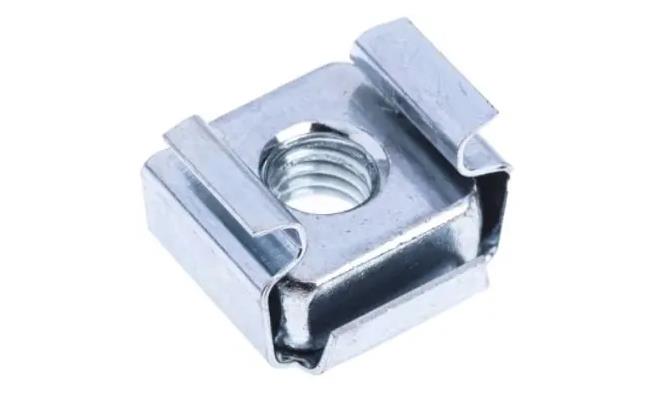
5. Clip Nuts
Clip nuts, also known as sheet metal nuts or speed nuts, are designed to be clipped onto sheet metal. They are the most common type of captive nuts, characterized by different forms based on where they clip, their shape, and thread type. Each clip nut is designed meticulously and even suits small-scale sheet metal gauges. These clips are typically made from spring steel. Some types of clip nuts include:
- G-Type Nut: Resembling the shape of the letter “G,” this nut is used to grip onto the edges of small flanges on metal.
- J-Type Nut: Named for its “J” shape, this nut grips onto the edges of metal sheeting, with the threads located along the longer side of the “J.”
- Square Nut: Designed to grip onto edges with square holes or slots in the flange, these nuts have protruding “lips” that grip onto metal objects.
- U-Type Nut: Similar to J-type nuts but with equally long legs, aiding in retaining the clip, often formed on legs without threads.
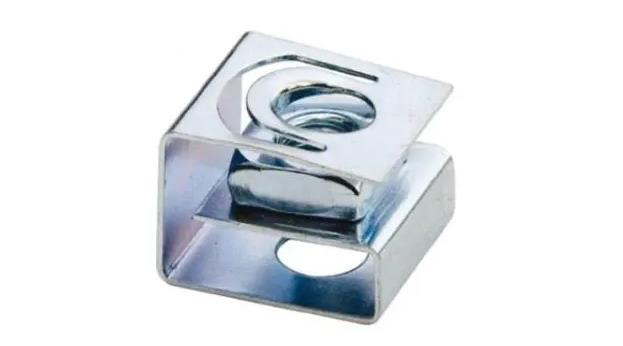
6. Coupling Nuts
Coupling nuts, also known as extension nuts, are threaded through their entire length and used to connect two externally threaded parts, commonly used with threaded rods. These nuts often feature a hexagonal exterior for wrench grip. Variations include reducing coupling nuts used to connect two threads of different sizes, equipped with a hole to observe the total engagement of left-handed threads often found with coupling nuts. They are used to assemble long rod components composed of shorter pieces, and the rod itself is threaded only within a specific distance. Coupling nuts are frequently used in applications where components need to be tightened inward or outward, such as creating bearings or sealing rods in pressure machinery.
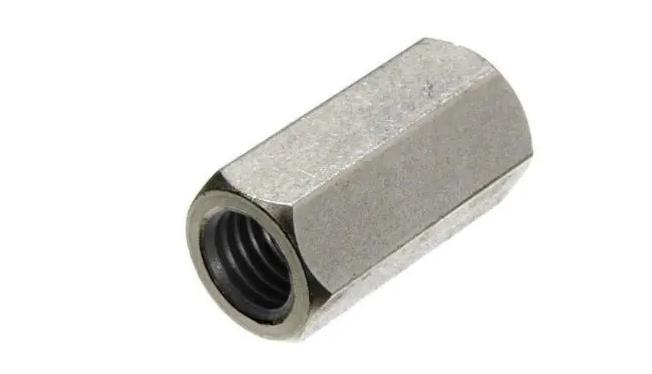
7. Flange Nuts
Flange nuts are nuts with a wide flange on one end, often acting as an integrated washer. Their purpose is to distribute the pressure of the nut onto the fastened part, reducing the chances of damage due to uneven fastening surfaces and preventing loosening. Flange nuts typically have a hexagonal shape and are made from hardened steel with zinc coatings. The serrated flange provides a locking action. Some flange nuts feature a rotating flange, enhancing stability in structures without affecting the product’s fine finish, similar to serrated flange nuts. Rotating flange nuts are commonly used in applications connecting materials like wood and plastic.
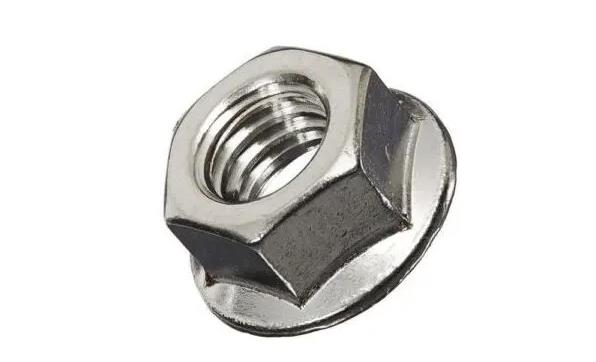
8. Self-Locking Nuts
Self-locking nuts, also known as spherical nuts or leveling nuts, are designed for applications where fasteners aren’t set at an angle perpendicular to the nut’s anchoring surface. These nuts are often used in industries like aerospace. They may be replaced with other types if these are altered.
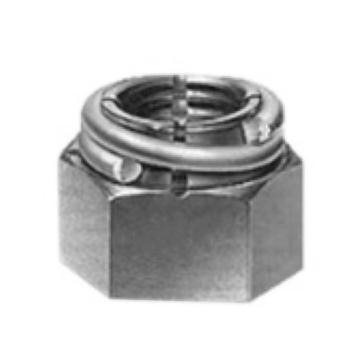
9. Insert Nuts
Insert nuts are nuts that provide a socket for a fully threaded screw intended to address all purposes of woodwork, similar to wall anchors. Insert nuts are inserted into pre-drilled holes in one of two ways: either threaded in or hammered in. In both cases, an external protrusion is observed to bite into the wood, directly or indirectly preventing the nut from turning or pulling out. Insert nuts have advantages over other types, like barrel or T-nuts, as they can be installed from any side of the workpiece.
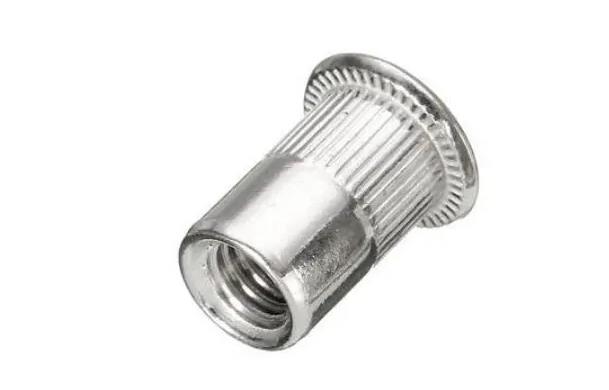
10. Knurled Nuts
Knurled nuts are nuts with a knurled outer surface, allowing them to be tightened by hand and attached to handles or lids. Knurled nuts are often used in applications where fasteners won’t be permanently placed, meaning they will be removed at fixed intervals and do not require structural support. They are a common type of nut used in applications like electrical panel covers, precision measuring tools, blocks, and service covers. The primary advantage of using knurled fasteners is the convenience of disassembly and reduced likelihood of over-tightening, which may not require tools to manipulate the fastener.
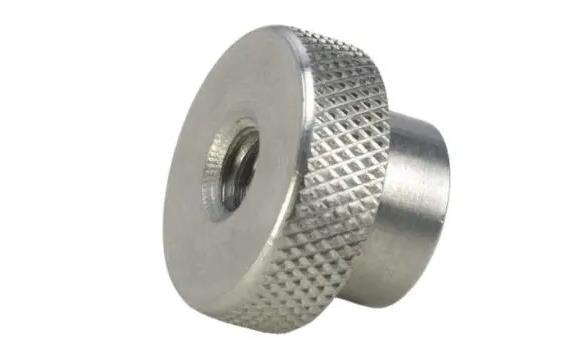
11. Split Nuts
Split nuts are nuts longitudinally divided into two distinct opposing sections, allowing the internal threaded portion to open or close around the external thread of a bolt or leading screw. This feature ensures that the nut can only move along the bolt when it’s open and not rotate it, and vice versa. Once closed, the nut will regain its regular motion on the bolt, including axial rotation. This includes threaded engagement. One type of split nut assembly is commonly used in positioning systems. A prime example might be lead screws in a lathe. These are among the best machine elements that are certainly practical for single-point threading on manual and non-CNC lathes. Typically, the screw and nut are also lubricated to complete the lubrication process, extending the life of the threads by reducing wear and tear.
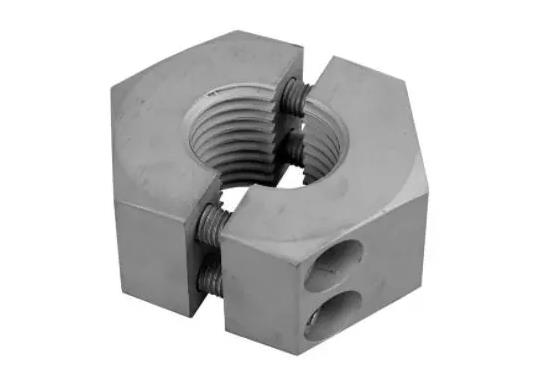
12. Square Nuts
Square nuts are nuts designed in the uncommon square pattern. Compared to standard hex nuts, these nuts offer greater resistance to loosening or tightening resistance due to a larger contact area with the fastened part. Unlike other nuts, these nuts are less likely to become rounded once loosened or tightened, retaining their square shape. Square nuts are often used with bolts featuring square heads and are used in conjunction with flat washers to avoid damage to sharp edges.
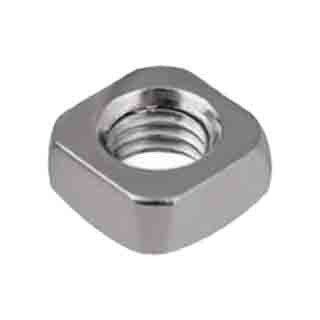
13. T-Slot Nuts
T-slot nuts are typically used with threaded components to locate and secure workpieces in different workshop operations. T-slot nuts slide along with T-slot tracks, which are set into worktables or saw beds. T-slot nuts are used with T-slot structural frameworks for constructing various industrial structures and machinery. T-slot bolts are stronger than T-slot nuts or hex bolts for the same application.
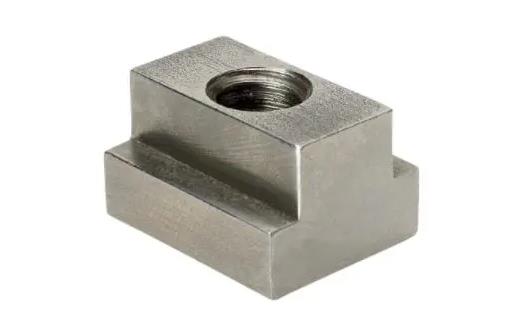
In conclusion, nuts come in various styles, each catering to specific applications. From cap nuts providing a protective finish to coupling nuts linking different threads, these components play a crucial role in the fastening and assembly of machinery and structures across industries. Understanding the characteristics and applications of these nuts allows engineers, manufacturers, and DIY enthusiasts to select the appropriate nut type for their specific needs, ensuring secure and reliable connections in their projects.

